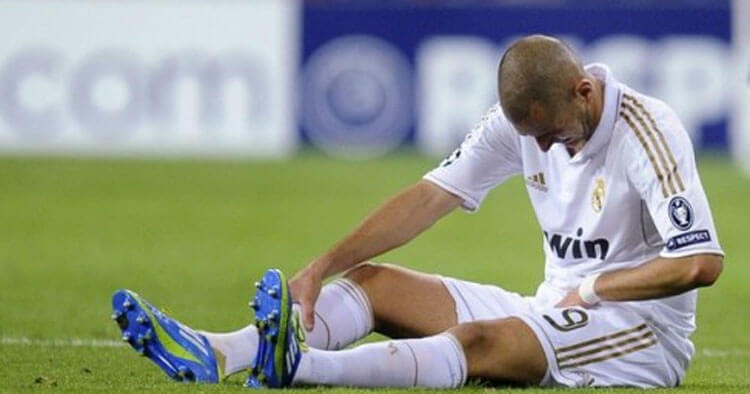Muscle Pain and Tendinopathy, Sports Injuries and Management
Groin Strain: A Common Cause Of Groin Pain
What Is A Groin Strain?
A groin strain, or injury to the groin muscles, causing pain and/or functional limitation and involves the hip adductor muscles. Hip adductors are an important group of muscles located on your inner thigh, they play an important role in stability and/or assisting many movements of the hip, pelvis and even knee. However are best known for their role in hip adduction. Hip adduction is the action of bringing your legs toward the center of your body, towards, or across midline. The hip adductors responsible for a classic groin strain include adductor brevis, adductor longus, adductor magnus, pectineus and gracilis. The muscle most commonly responsible for symptoms in a groin strain is typically the adductor longus muscle.
Who Is Most At Risk Of Developing An Adductor Strain?
Athletes are the main group of people at risk of suffering a groin strain. Although not usually a serious injury, more severe groin strains can take a long time to recover, sometimes months for the athlete return to their pre-injury sporting levels. Injury to the hip adductors is usually associated with high speed activities, with a relatively high incidence in sports that demand the athlete to preform a combination of sprinting and kicking motions, or sprinting and changing direction, twisting, jumping combined actions. In Australia common sports you could expect to see the occurrence of groin strains would include soccer and AFL, not discounting rugby and rugby league, however injuries to the adductor muscles in these sports may be somewhat more positional dependent and more prevalent in the athletes playing positions that require a higher sprinting and kicking load.
Causes Of A Groin Strain
A groin strain, or groin pull as it is often referred to as, is a common athletic injury suffered by both professional and recreational athletes. A groin pull is often the result of overload to the adductor muscles while kicking, running, jumping and particularly changing of direction at speed. A groin pull however is not exclusively caused from playing sports, they can also be caused by heavy lifting at work, or home, or the result of resistance training exercises.
Signs And Symptoms Of An Adductor Strain?
Depending on the degree of the injury signs and symptoms of a groin strain can range from mild to severe, common symptoms may include:
• Namely pain, experienced in the groin area, upper inner thigh often localizing near the pubic area where your leg seemingly meets your pelvis.
• Pain on palpation. The adductor tendons at, or near their origin in the pelvis are frequently tender on touch and the adductor muscle belly further down into the thigh may also be painful, or “tight” on palpation.
• A feeling of weakness with contraction of the adductor muscles. This can be easily tested via a groin squeeze, a test where the individual aims to forcefully squeeze the heels together. A positive sign is this test is that it elicits pain, a pain that is frequently accompanied with weakness, a feeling of being unable to squeeze the heels together strongly.
• Pain stretching, or a feeling of tightness associated with stretching the groin muscles. Potentially elicited by a number of movements, but most commonly through moving the hip into abduction, (the opposite movement to adduction) whereby the legs are moved away from the midline of the body.
• An acute groin strain depending on severity may have bruising and swelling in the groin area and upper inner thigh. Sometimes bruising will extend down the inner thigh towards the knee, both swelling and bruising may be present for the first few days following injury, but may last a week or two.
• Discomfort walking and even a painful limp is not uncommon, again it is severity dependent but discomfort, walking, running and especially any activities involving changing direction or acceleration/deceleration.
Disclaimer: Sydney Physio Clinic provides this information as an educational service and is not intended to serve as medical advice. Anyone seeking specific advice or assistance on Groin Strain: A Common Cause Of Groin Pain should consult his or her physiotherapist, general practitioner or sports medicine specialist.



